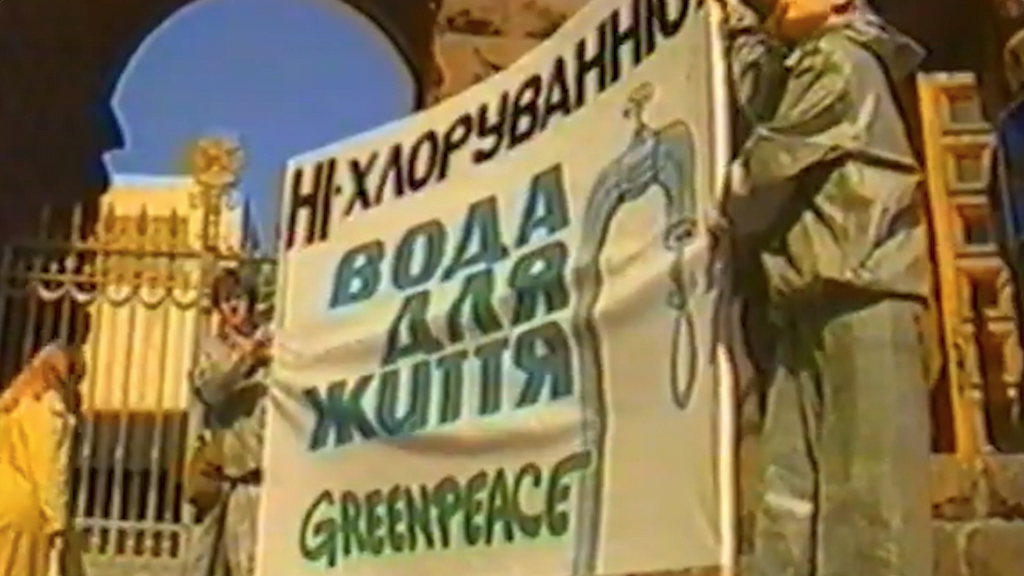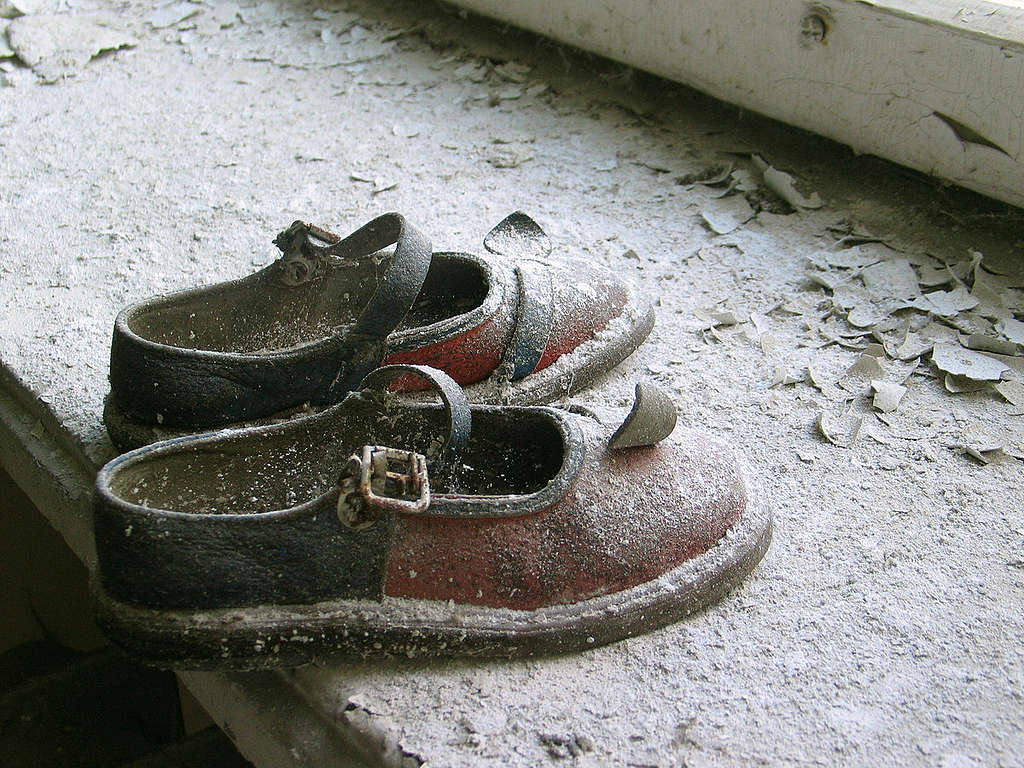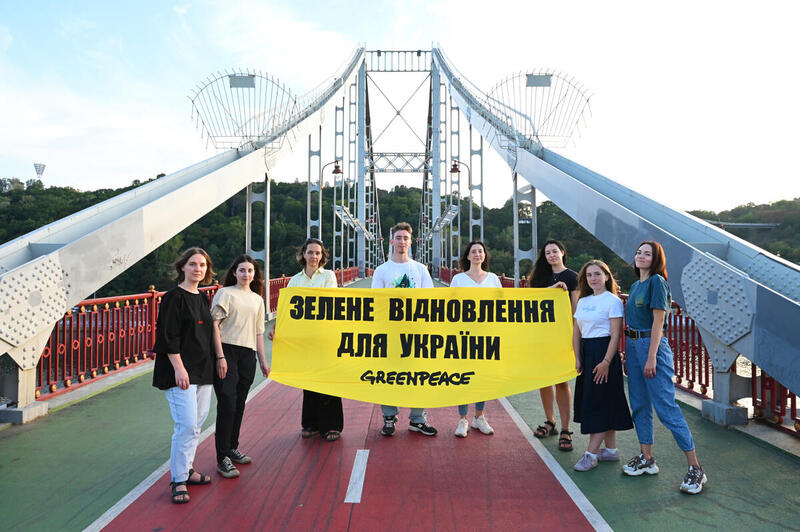It was an ordinary weekday in Kyiv. I, then a 12-year-old girl, was getting off the metro at Arsenalna Street and saw an installation that deeply impressed me: a huge tap stood in the middle of a crowd of people. The kind we see every day in our bathrooms or kitchens, only much bigger. People with posters and banners were protesting around the tap, demanding that Kyiv authorities introduce a new, better technology for water treatment in the city. That was the first time I saw a Greenpeace action live, and it stuck in my memory as something spectacular and incredible.

Thirty years later, I am now the head of the new Greenpeace office in Ukraine. Back then, as a teenager near the Kyiv metro, I couldn't even imagine it. But the desire to preserve nature and help my country in its most difficult times brought me here today. I am incredibly proud of this opportunity and the courage of the world's most famous environmental organisation to officially start working in a country where war is ongoing.
Over time, this has been forgotten, but I want to remind you that environmental activists in Ukraine have always been at the forefront of important events for this country and the wider region. When the Chornobyl disaster occurred in 1986, Ukrainian environmental activists found the courage to organise a massive anti-nuclear movement. Crowded rallies against the operation of nuclear facilities showed that it was possible to protest en masse in the Soviet Union; it was possible to express your position; it was possible to achieve your goals! Environmental lionhearts then stopped the construction of the Chyhyryn nuclear power plant (NPP), additional units at the Khmelnytsky NPP and even the almost completed NPP in Crimea.

Back then, the environmental movement inspired Ukrainians not to be afraid to protest. Thus, step by step, Ukrainian activism grew stronger, and new milestones, meanings and forms emerged. Eventually, the victory over fear and the desire to live in a country where you can speak out and act freely helped bring about the fall of the Soviet Union and the onset of Ukraine's independence.

Today, as the Greenpeace Ukraine office opens in the midst of the Russian invasion, environmental activists are once again demonstrating that they are not afraid. In the face of daily shelling of Ukrainian cities, constant power and water cuts, the Ukrainian team, together with our colleagues from all over the world, prove that we are brave enough to defend the values of freedom, democracy and the right to protect nature. I believe that the environmental movement in Ukraine will gain momentum again in this moment of crisis and will be ready to create change, get free from Russia's colonial influence, and build a green, sustainable, democratic and resilient Ukraine.
Back in September 1971, the brave men and women of Greenpeace demonstrated to the world that they could stop evil and unite millions of people around the world behind their ideas. Today, we are inspired by our colleagues across the Greenpeace network and the wider movement, their history, courageous campaigns and by the many brave environmental activists around the world to create a new environmental history and a lasting legacy, not only in our own country but beyond.
Natalia Gozak is the Director of Greenpeace Ukraine.






